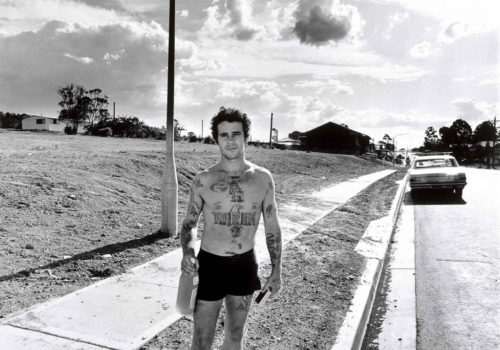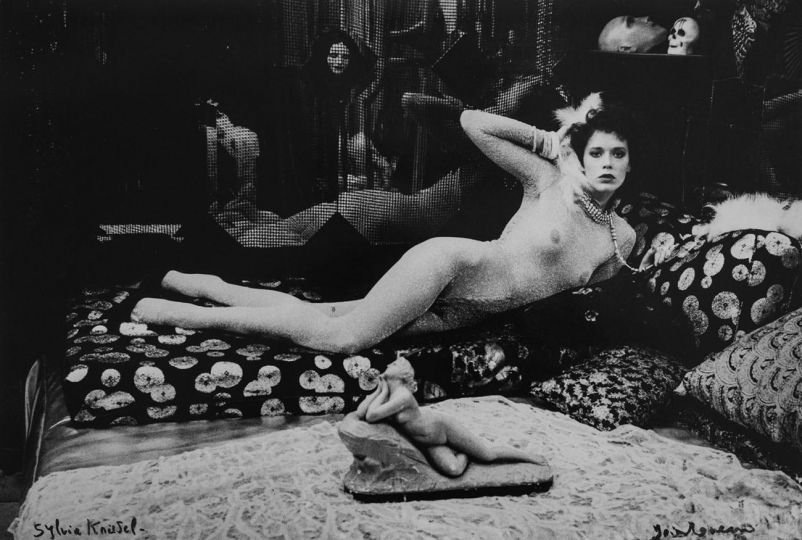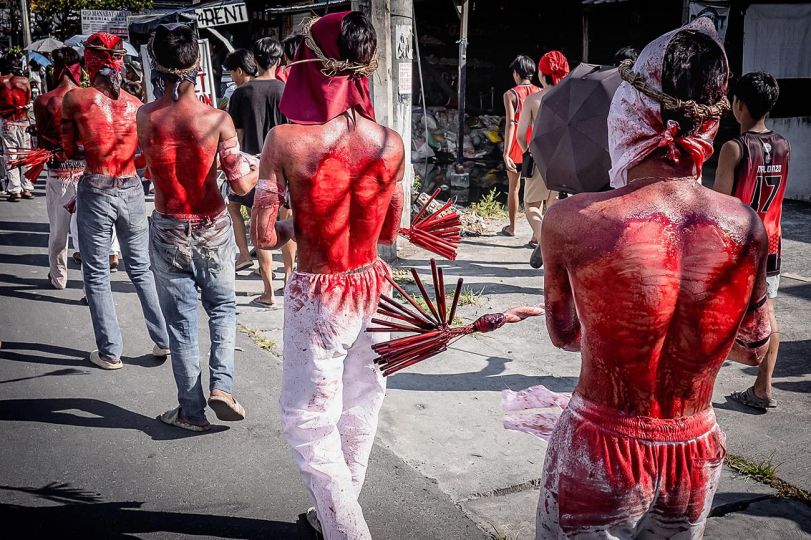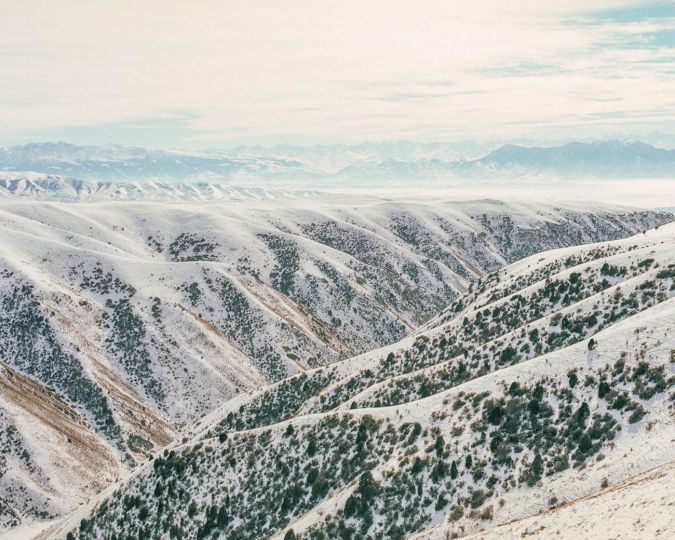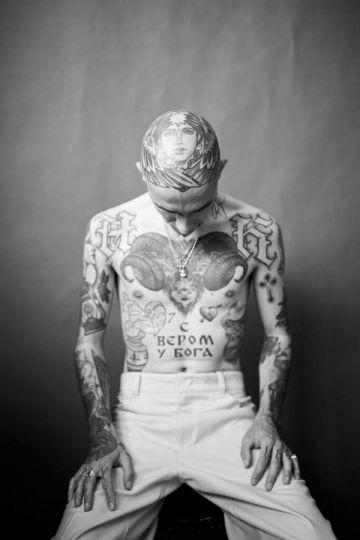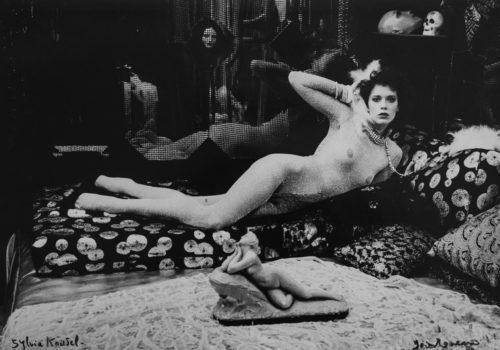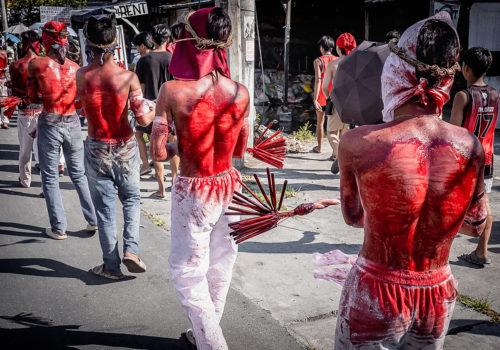The Art Gallery of NSW in Sydney (AGNSW) has been collecting Australian photography since the 1970s and its commitment to the medium is unwavering. One of the first institutions in this country to view photography as a genuine art form rather than being the ‘poor cousin’ to other visual art pursuits, the AGNSW is the only state museum or art gallery to have a dedicated Photography gallery. Its collection comprises a large archive of Australian works numbering around 3800 as well as international works, and new acquisitions are part of its charter.
Each year the AGNSW mounts three photography exhibitions from its collection. This year the thematic show is Australian Vernacular, an exhibition showcasing sixteen photographers with works spanning five decades. Included are notable Australian photographers who were prolific in the second half of the 20th Century such as Sue Ford, Robert McFarlane, Fiona Hall and Jeff Carter, as well as contemporary artists Anne Zahalka, Trent Parke and Glenn Sloggett, demonstrating the diversity of thought around the depiction of modern Australian life.
Eleanor Weber, Assistant Curator, Photographs AGNSW says that in curating the show, which was a group effort led by senior curator Judy Annear, the aim was to achieve a “relatively even arc over the last 50 years of photography in this country.” While this is not a definitive exhibition, and is very east coast centric, there are themes within the exhibition that speak to the idea of the vernacular in Australian culture.
Weber agrees the term ‘Australian culture’ is somewhat of an oxymoron given the multiplicity of experiences and views that inform the concept of culture in this country. “While we have used the word Australia and that has given us a mandate, the focus for this exhibition is to look at the way photography is being used to explore aspects of Australian life,” she says.
In Australian Vernacular there are photographs that draw on tropes of Australian imagery – sun, surf and sand are recurrent themes, for example, that are associated with Australian beach culture. Although the relationship to these themes differs widely depending on whether you are living in the southern states or the country’s more tropical climes. There are also images that could have been taken anywhere, banal suburban themes seen in works by Sue Ford, Glen Sloggett and Trent Parke, save for one defining factor; the uniqueness of the Australian light and how the use of light is very particular to photography from this country.
While older works give insight into historical values and carry with them the nostalgia of their time, many of the more recent photographs add to conversations around technology and its impact not only on the artistic practice, but also on how the viewer consumes images.
Weber believes it is an exhilarating time for photography despite its ubiquity. “Photography surrounds us, we are so used to having images on screens or phones or tablets that I think few consider what it means to make an image, or why an artist will make a particular image…what you can do with the medium now is powerful and a lot of contemporary artists are working in new ways that are possible because of technological developments. The ‘decisive moment’ now may be created in post or in the printed image, or the installation. So in that regard the way photography is being used by contemporary artists is very exciting”.
To the question of whether the wealth of images available today, due digital communications technologies, has elevated visual literacy Weber says, “That’s a really interesting question. There is this assumption that seeing more equals understanding more, but I wonder if people see things or if it washes over them? I feel that the way we are viewing photographs isn’t just a visual experience, it is more a neural stimulation. You are interacting with them, using a different faculty…people don’t spend a lot of time looking, we have an ability to filter through images in a way we didn’t have before and flicking through sites like Instagram or Tumblr you make very quick decisions on what is interesting”.
She continues. “With the Photography gallery we consider quite deeply which photographs we will put on the walls as we are saying ‘pay attention to this’. In a gallery setting people may spend a bit more time in front of a photograph and think about it as an object that is unique, has substance and is not just an immaterial thing on a screen”.
With the vast repository of images now living in cyberspace editing of work has become even more critical says Weber. “The distillation process is something that perhaps we can aspire to share with people and I think that links back to your question of visual literacy. With so many images being taken, and often multiple images of the same thing, visual discernment is definitely something to think about”.
This exhibition invites the viewer to contemplate their own notion of Australian culture through the juxtaposition of what could be considered stereotypical visualizations and more contemporary themes. In a broader context, and within its limited scope – there are 25 images on show from a reserve of thousands – Australian Vernacular also adds to the discourse around national identity and its relevance to the Australia of the 21st Century. Rich in complexity, yet accessible and aesthetically engaging, Australian Vernacular weaves a story of old and new, known and unknown, fact and fiction encapsulating the contradictory nature of the medium.
EXHIBITION
Australian Vernacular
Until 18 May 2014
AGNSW (Art Gallery of New South Wales)
Art Gallery Rd, The Domain
2000 Sydney
Australia
http://www.artgallery.nsw.gov.au/exhibitions/australian-vernacular-photography/
Short Floor Talks are also a feature.
Visit the website for details
http://www.artgallery.nsw.gov.au/calendar/exhibition-talks-australian-vernacular-photography/

